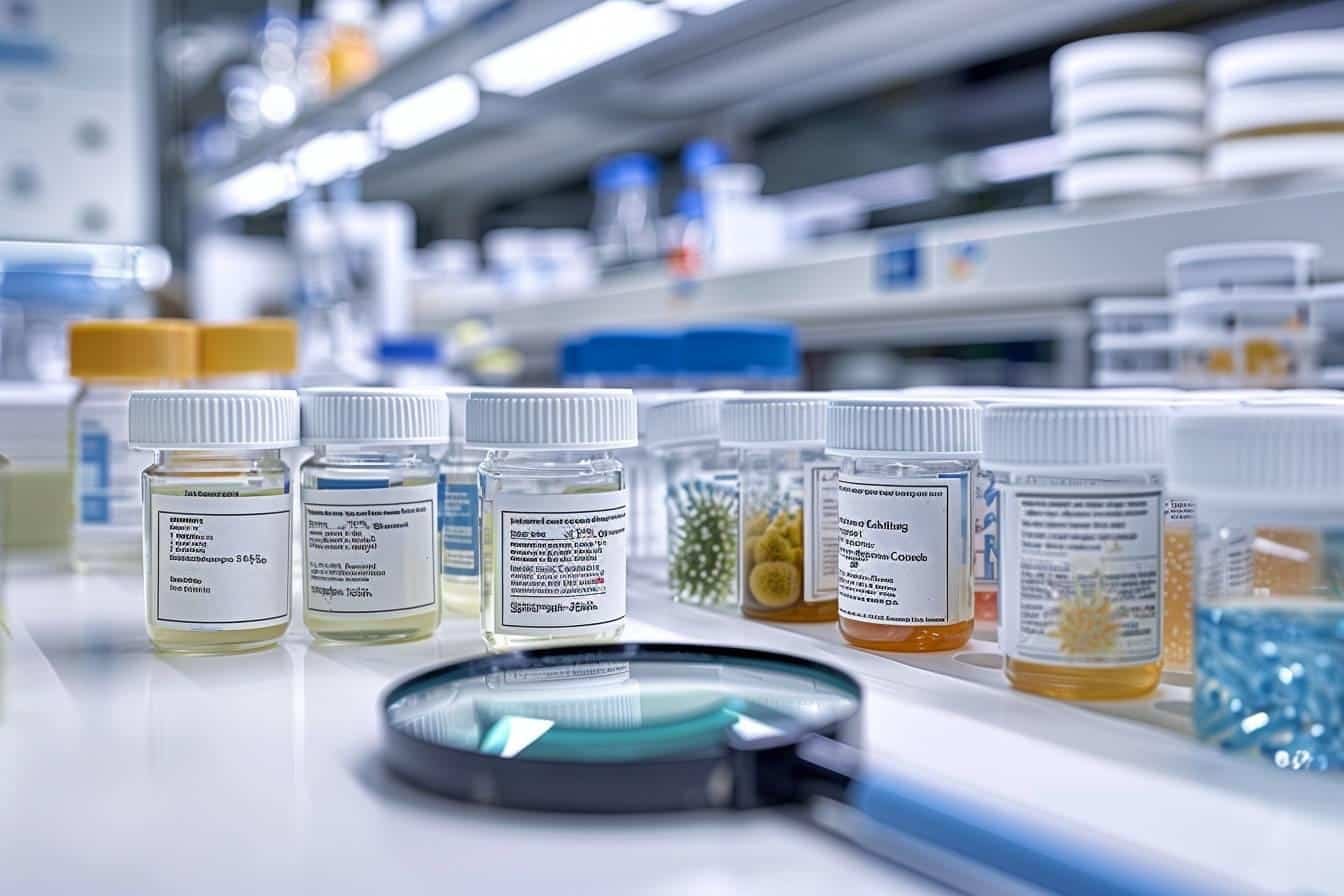If you're like me, an animal lover who's always curious to learn more about aquaculture practices, you're going to love discovering shrimp farming. Ready to dive into the world of farmed shrimp? Let's go !
Definition of shrimp farming
Shrimp farming is a specialised branch of aquaculture dedicated to the rearing of shrimp in both fresh and salt water. The main aim of this dynamic activity is to meet the huge demand for shrimp for human consumption.
The term shrimp farming also includes the peniculturewhich focuses on the farming of penaeid shrimp. These shrimps belong almost exclusively to the Penaeidae family. The history of shrimp farming goes back a long way, but it was in the 1970s that this activity really took off, thanks to technical advances in captive reproduction and grow-out in tanks.
The main production regions
Global farmed shrimp production is spread across more than 50 countries, with a huge weight in Asia, which accounted for around 80.1% of production in 2017. Asian countries such as China, Thailand, Vietnam, Indonesia, Malaysia, the Philippines, India and Bangladesh are the real drivers of this industry. In Latin America, Brazil, Guatemala, Ecuador and Mexico dominate the market.
Of all these countries, Thailand stands out as the largest exporter of farmed shrimp. For a fun little anecdote, did you know that I have a friend who works in a shrimp farming cooperative in Thailand? He told me that they raise shrimp faster than I can feed the fish in my shop!
Flourishing growth
The annual value of farmed shrimp in 2014 had already reached $23.6 billion, and since then the figure has only climbed. The highest value shrimp, the Pacific white shrimp (Litopenaeus vannamei), alone accounts for 76% of global production. Impressive, isn't it?
Technical features and specifications
Shrimp farming requires well-mastered techniques and strict adherence to technical specifications. Shrimp farming products come in a range of commercial preparations: raw shrimp, peeled shrimp, blanched shrimp, cooked shrimp and frozen shrimp in a variety of sizes and gauges.
Storage conditions
Storing prawns is essential to guaranteeing their quality. In general, they should be stored at a maximum temperature of -18°C. They have a minimum durability date of 24 months after freezing, allowing them to be distributed safely throughout the world.
Microbiological criteria
Control of microbiological criteria is essential:
- E. coli: strictly controlled to avoid contamination
- Coagulase + Staphylococcus: regular monitoring
- Salmonella: must not be present in finished products
- Listeria monocytogenes: also being closely monitored

Information on shrimp species
Shrimp farming encompasses various species of shrimp. Among the most common are :
| Species | Description |
|---|---|
| Penaeus spp. | Includes several species such as P. monodon (giant black shrimp) |
| Metapenaeus spp. | Did I mention that these prawns are often preferred for their flavour? |
| Solenocera spp. | These prawns are popular in certain Asian cuisines |
| Parapenaeopsis spp. | Species that are ubiquitous in various culinary cultures |
Crustaceans and their cousins
In the aquatic world, crustaceans such as prawns are not the only ones to be farmed. You will no doubt have heard of cephalopods such as squid or bivalves such as mussels. These species are also highly prized for human consumption and often share the same farming and preservation techniques as shrimps.
Shrimp farming offers great opportunities to meet growing global demand. If you would like to find out more about these fascinating little creatures and how they are farmed, I highly recommend exploring aquaculture practices in greater depth.
